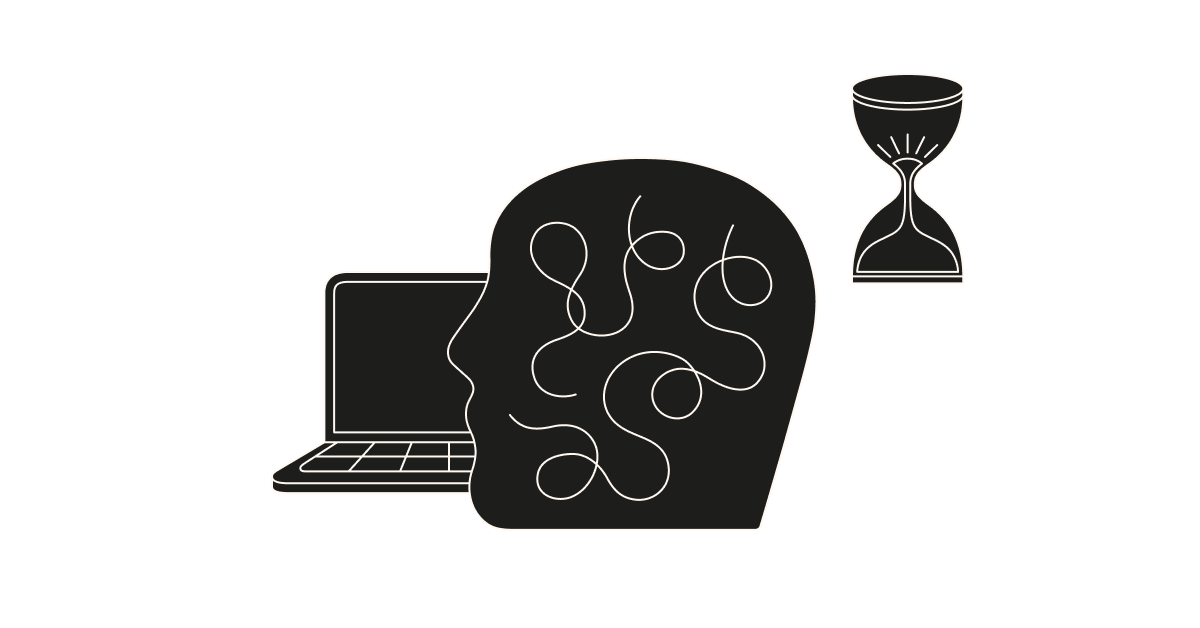
Over the last few years, cloud applications have rapidly become an integral part of how we operate in the business world. In fact, experts say we’re currently in a SaaS explosion, and it’s not slowing down any time soon due to the convenience and flexibility that SaaS products offer.
However, that flexible convenience comes with a price: With organizations operating on 323 SaaS applications on average, many teams are actually experiencing decreased productivity and disjointed workdays. One study even found that Fortune 500 company employees toggle between different tools and apps around 1,200 times a day!
Sound familiar? If so, the new year might be the best time to take a hard look at your tech stack and evaluate which ones are necessary — and spot which tools are redundant. This way you can increase efficiency, boost your financial health, and avoid overwhelming your team.
Let’s dive into a few steps that can help you identify which apps to keep, replace, or retire.
1. Conduct an app audit
If you have a ton of tool redundancy in your tech portfolio, you could eventually become overwhelmed — but with so many applications running, it can be extremely difficult to understand exactly what each tool is doing for you.
To get started evaluating your tech stack, conduct a tool audit. Make a list of every software application your organization is using, define the purpose for each one, as well as its specific use-case. If you can't clearly identify a tool’s purpose, label it as an option to eliminate.
Build an easily understandable document internally, and share it with your team and organization to align on how each tool is used. It helps to conduct this type of audit on at least an annual basis to stay on top of your tech stack and ensure it’s current.
2. Identify cross-functional tools
It’s critical to use tools that promote and foster cross-functional collaboration, or those that serve multiple projects, goals, or team members. Communicate with your team and organization to understand what tools they rely on to collaborate, and use their feedback to focus on software that helps your organization connect more effectively.
The best collaboration apps consolidate processes and information into one source — this way teams can decrease the amount of time they spend toggling between software and increase their productivity.
3. Prioritize integrations
The burden of too much tech can cause unnecessary fatigue, both mentally and financially. Shoot for tools that provide integrations with other software so you can connect your tech stack on one platform as much as possible.
To get started consolidating, identify your core tools and look for other apps that provide a wide range of integrations. For example, Harvest has more than 50 integrations, meaning it works seamlessly with your favorite apps, allows you keep projects on track however you work, and makes it much easier for your team to stay connected without having to switch from app to app.
4. Do a “data-driven detox”
When you evaluate your tech stack, it should act as a “data-driven detox” that helps you evaluate how your team is using each app and how they impact the organization.
An easy way to do this is to send a survey and ask your teams which tools they use, and whether or not they’re causing any kind of headache. Ask questions like:
- How do you feel when you use the tools?
- Which tools energize your work?
- Which are draining you mentally?
Getting this feedback can help you which tools are redundancies, which are unnecessary, and which are actually creating roadblocks for your organization.
5. Prioritize feedback
While leaders tend to have the final say in terms of which tools your team is using, it’s important to prioritize your team’s thoughts on your tech stack. Utilize a consistent feedback loop where team members can provide input on which tools they value and what changes they think are necessary so they can perform best.
Start a channel in your message platform where your team can regularly raise concerns about technology and use the feedback as part of your annual planning process. This way your team will feel confident that they have an active role in building the right portfolio of tools that will empower them to do their best work.















